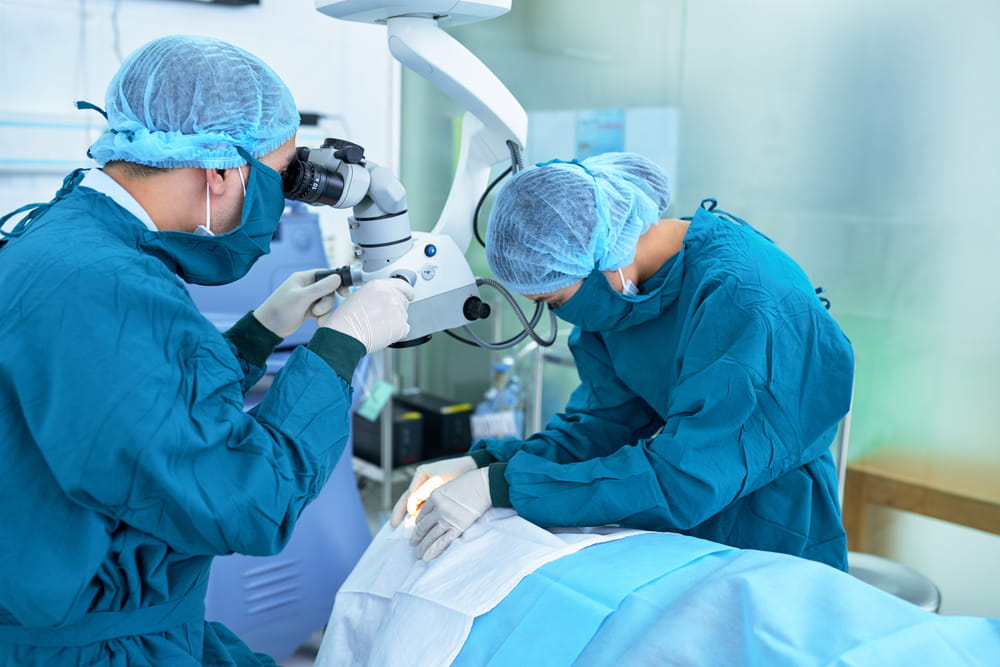10 March 2015 (Dubai, United Arab Emirates): Marking the conclusion of World Glaucoma Awareness Week 2015 (March 8-14, held under the theme of BIG – Beat Invisible Glaucoma), the Glaucoma experts at Moorfields Eye Hospital Dubai is calling for continued and greater awareness of the risk of this disease and highlighting the need for regular… Continue reading Dubai-based glaucoma experts encourage regular Glaucoma screening in the UAE; link to Diabetes increases risk of Glaucoma
Aqueous Shunts
Aqueous shunts are devices that are used to reduce the eye pressure in glaucoma by draining the aqueous humour (natural fluid of the eye) from inside the eye to a small blister or bleb behind the eyelid. Draining the aqueous humour, using a shunt, reduces the pressure on the optic nerve that causes loss of… Continue reading Aqueous Shunts
